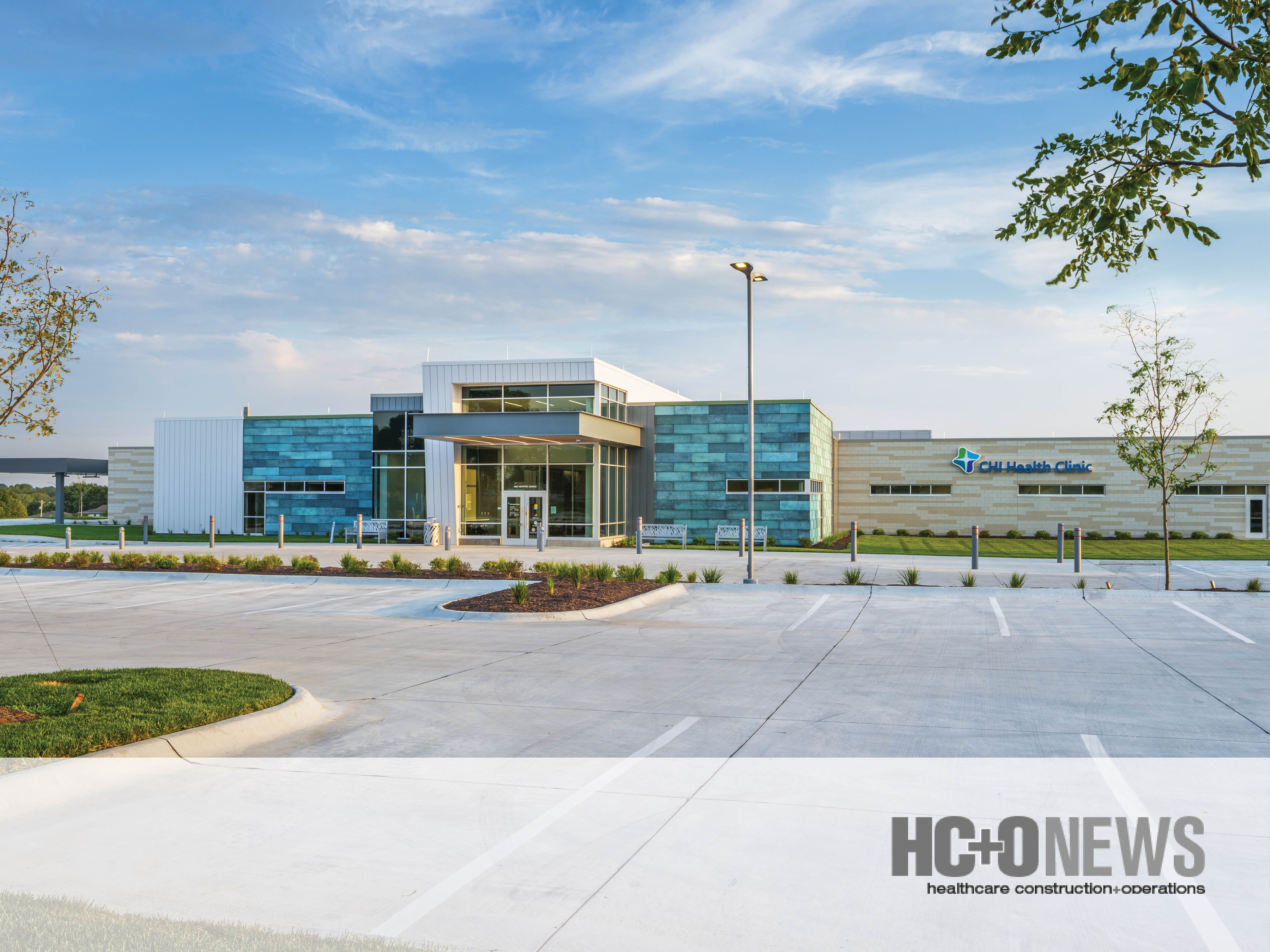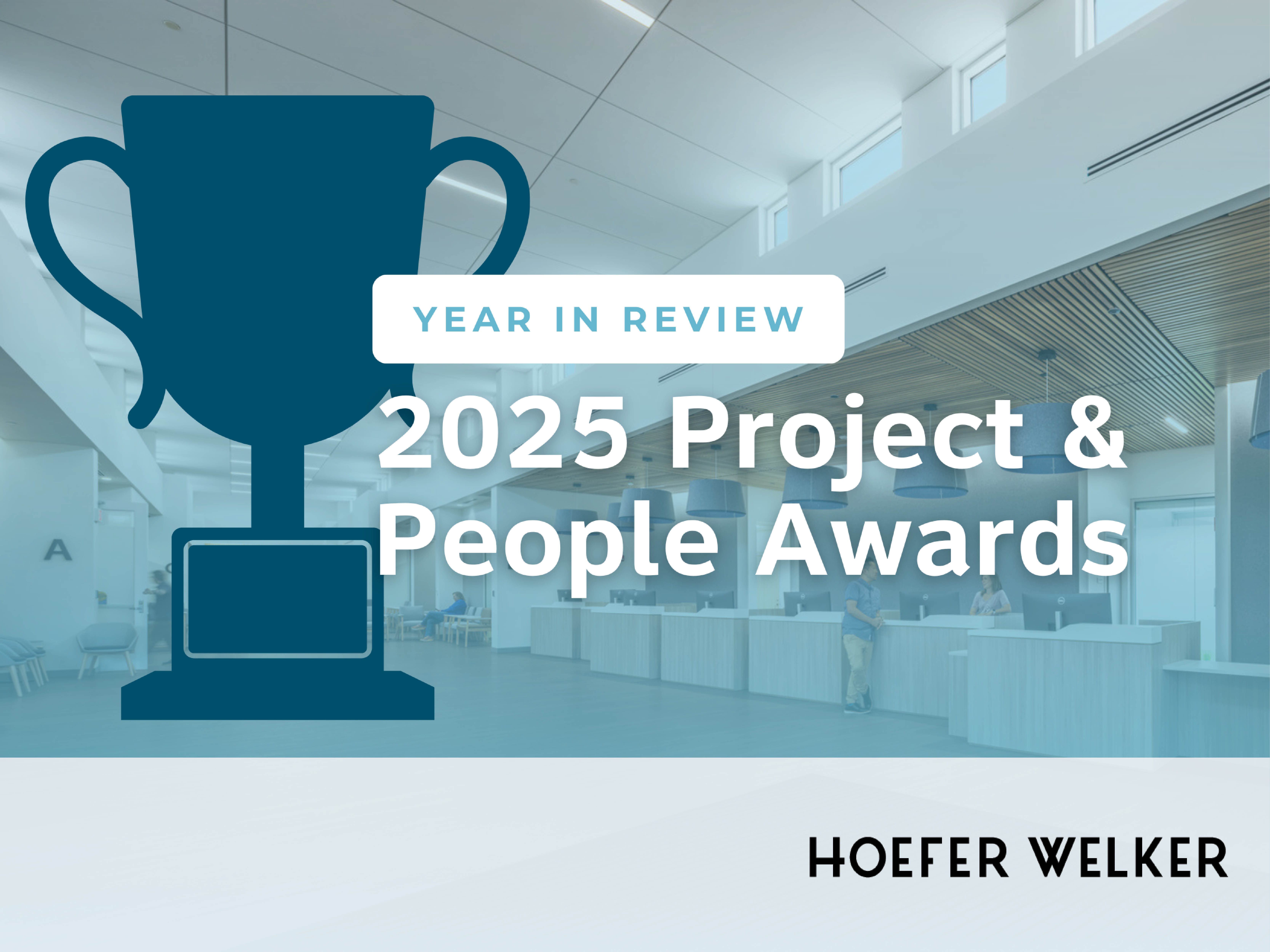Modular and Prefabricated Design Part I: The New Mainstream for Health Systems
A recent HCO News article highlights how modular and prefabricated design is becoming a mainstream solution for healthcare systems facing rising...
1 min read

Multispecialty and telehealth clinics, education center, pathology, and imaging housed in 275,000 sf.
The new Phoenix 32nd Street VA Clinic, spanning roughly 275,000 sf over 15 acres, is one of the largest veteran care facilities in the U.S. The facility will serve half a million patient visits a year and house multispecialty and telehealth clinics, an education center, pathology, and imaging services.
The five-story structure hosts one of the largest outpatient mental health clinics in the area, providing counseling and specialty mental health services. Floors three, four, and five feature an innovative planning approach for the Patient Aligned Care Team (PACT) module, which can accommodate 72 PACT teams that have access to 180 exam rooms. Efficiently laid out clinical space through the PACT module’s on- and off-stage model protects patient privacy, promotes intuitive wayfinding, allows providers to spend more time with patients, and minimizes staff and patient fatigue.
The building’s design incorporates extensive daylighting features such as lightwells in darker parts of the facility, panoramic views of the Arizona mountains, and access to green space and outdoor activities to create a relaxing environment for veterans and their families. Interior design features reflect Arizona’s vibrant colors and geological formations, such as deep fissures carved into the façades and roof that imitate the rugged terrain.

A recent HCO News article highlights how modular and prefabricated design is becoming a mainstream solution for healthcare systems facing rising...

2025 brought a number of recognitions for our work, our people, and our growth as a firm. From project awards to individual honors and business...

Mara Sabatini, Vice President and Senior Project Manager, was recently featured in BD+C’s article, Leadership in Practice: How 40 Under 40 Alumni...